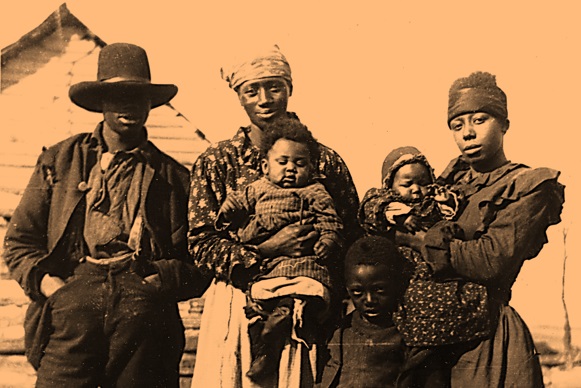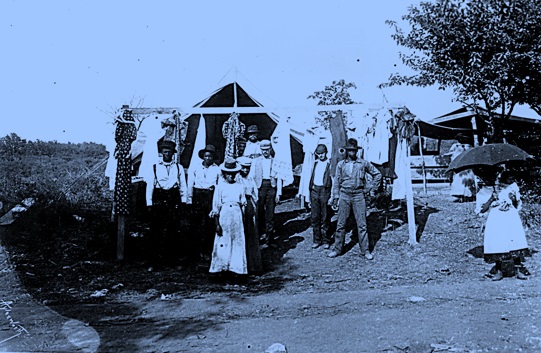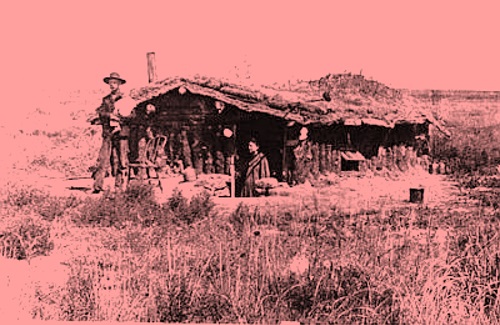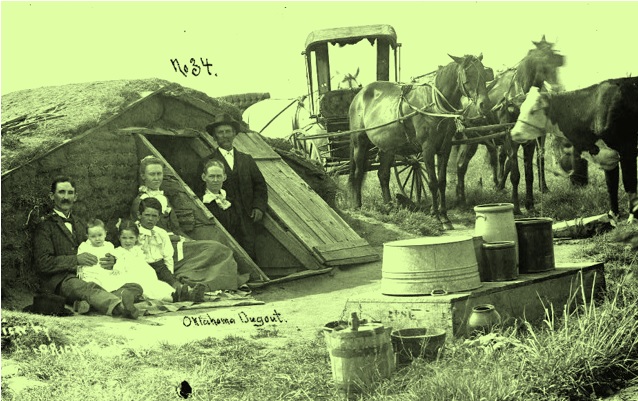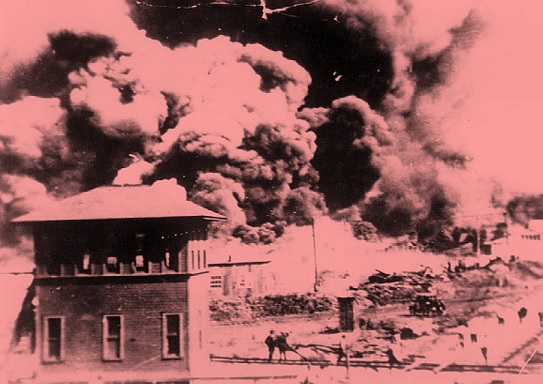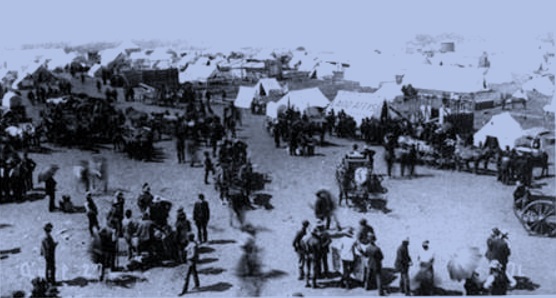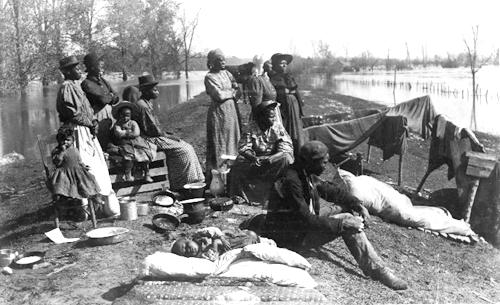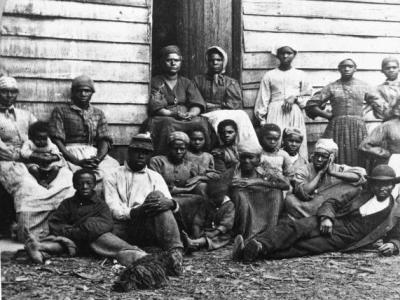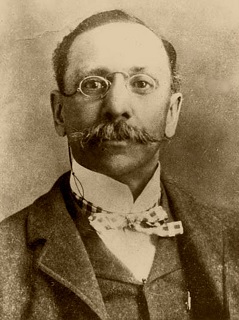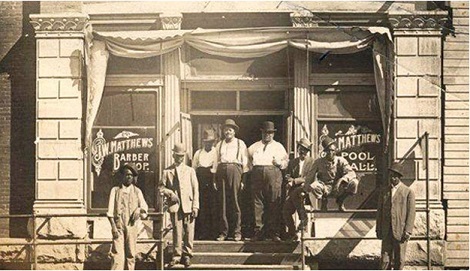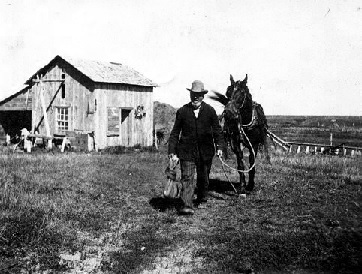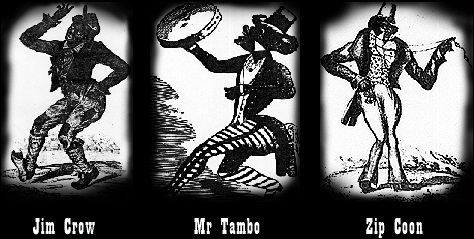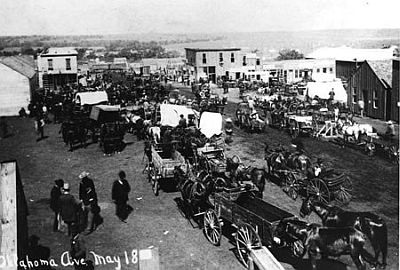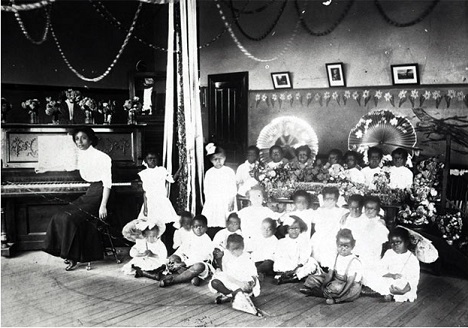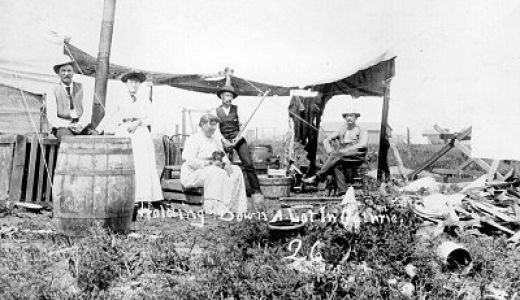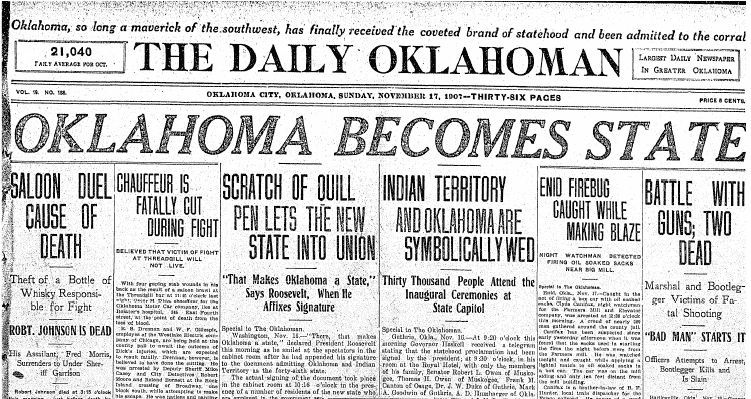
In my previous post, I briefly introduced the Oklahoma Constitution.
Well, briefly for me.
Now let’s see what it actually says. If I can squeeze in, say, a dozen pages per post, it should only take, um… twenty entries or so.
So maybe we’ll just hit a few highlights.
To the best of my knowledge, everything cited here refers to the current language of the document unless otherwise noted. Please let me know if you believe I’m mistaken.
Section I-1: Supreme law of land.
The State of Oklahoma is an inseparable part of the Federal Union, and the Constitution of the United States is the supreme law of the land.
It should go without saying that this naturally includes any Amendments to that U.S. Constitution, like… the 14th, for example. Or the 1st. And yes, the 2nd as well.
It should go without saying.
Section I-2: Religious liberty – Polygamous or plural marriages.
Perfect toleration of religious sentiment shall be secured, and no inhabitant of the State shall ever be molested in person or property on account of his or her mode of religious worship; and no religious test shall be required for the exercise of civil or political rights. Polygamous or plural marriages are forever prohibited.
We’ll start with that last part, since it sometimes surprises people.
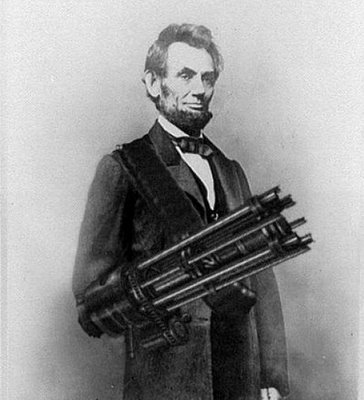 When the Republican Party became a thing in the 1850s, it pushed two basic tenets: (1) Slavery is bad, and (2) Polygamy is bad. The second was clearly in response to the Latter Day Saints.
When the Republican Party became a thing in the 1850s, it pushed two basic tenets: (1) Slavery is bad, and (2) Polygamy is bad. The second was clearly in response to the Latter Day Saints.
The Utah Mormon War was a thing that happened in 1857-58, so it was fresh on everyone’s mind. It wasn’t until a generation later that the LDS traded away polygamy for a better shot at being left alone.
Apparently even in 1906, some wanted to make sure there was no misunderstanding. In that context, it makes some sense that this was tacked on to the protection of religious freedoms. They wanted to get in an ‘except for THAT’ clause.
The first 2/3 of this one is worth closer attention, however. Oklahoma’s Framers wanted to make sure the very first thing they established after Federal Supremacy (ironic, isn’t it?) was absolute religious freedom. Not only would the government not establish or prohibit anything, citizens were specifically guaranteed “the exercise of civil {and} political rights.”
Do we still believe that today? We absolutely should, but I’m not at all convinced we do.
Check out the same section in the hand-written original submitted by William ‘Alfalfa Bill’ Murray to Congress for approval:
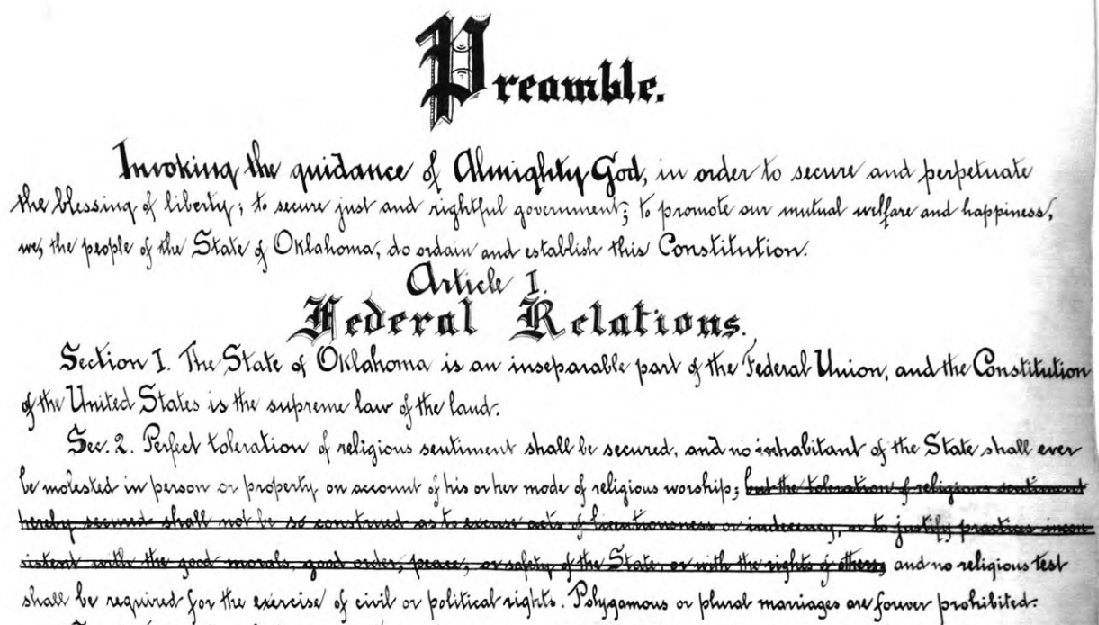
For you youngsters out there, those double-strikethrough lines are what counted back in the day as a ‘Delete’ key. The last-minute revision took out this phrase:
but the toleration of religious sentiment hereby secured shall not be so construed as to excuse acts of licentiousness or indecency, or to justify practices inconsistent with the good morals, good order, peace, and safety of the State, or with the rights of others,
Dang. How would THAT have changed the whole conversation over, um… any number of issues these past few years?
But here’s the critical point to remember: it was struck before being sent to Congress. Our State’s Framers took it OUT. They didn’t just leave it out, or not think of it. They considered it, included it, then decided it had to go.
No one sworn to uphold the language OR original intent of this document can fight to put this phrase back in – even by implication – without resolving the inherent hypocrisy of such an effort.
Section I-5: Public schools – Separate schools.
Provisions shall be made for the establishment and maintenance of a system of public schools, which shall be open to all the children of the state and free from sectarian control; and said schools shall always be conducted in English: Provided, that nothing herein shall preclude the teaching of other languages in said public schools.
We’re going to need to come back to the stuff on schools. They come up a LOT.
Section I-6: Right of suffrage.
The State shall never enact any law restricting or abridging the right of suffrage on account of race, color, or previous condition of servitude.
 Look at that. We DID know about the Reconstruction Amendments way back then. Wonder how we lost THAT collective awareness…
Look at that. We DID know about the Reconstruction Amendments way back then. Wonder how we lost THAT collective awareness…
Unlike the U.S. Constitution, to which the Bill of Rights was added in order to secure ratification, the Oklahoma Constitution put its ‘Bill of Rights’ in Article II, right after the foundational stuff and before even discussing the Legislative, Executive, or Judicial Branches. There were originally 33 of them; there are currently 34, although a few have been tweaked over the years and term limits slid into the middle.
Section II-1: Political power – Purpose of government – Alteration or reformation.
All political power is inherent in the people; and government is instituted for their protection, security, and benefit, and to promote their general welfare; and they have the right to alter or reform the same whenever the public good may require it: Provided, such change be not repugnant to the Constitution of the United States.
Revolutionary though this sounds, it’s entirely consistent with the values expressed in the Declaration of Independence.
Although… that’s what’s odd about it being included here. The Declaration is a statement of revolution, and of ideals. The Constitution is a codification of laws intended to support those ideals. One seeks higher truths, the other provides a scaffold for technicalities.
The Declaration proclaims that “all men are created equal” and “endowed by their creator with certain unalienable rights.” The Constitution explains that “No Person shall be a Representative who shall not have attained to the Age of twenty five Years… and who shall not, when elected, be an Inhabitant of that State in which he shall be chosen.”
The Declaration insists that we rely on “the protection of divine Providence” and “mutually pledge to each other our Lives, our Fortunes and our sacred Honor.” The Constitution explains that “In all Cases affecting Ambassadors, other public Ministers and Consuls, and those in which a State shall be Party, the supreme Court shall have original Jurisdiction.”
Both are necessary, and they’re more or less consistent with one another. But they’re quite different.
Section II-2: Inherent rights.
All persons have the inherent right to life, liberty, the pursuit of happiness, and the enjoyment of the gains of their own industry.
Hmmm… more Declarationing. But look at that last bit – “the enjoyment of the gains of their own industry.”
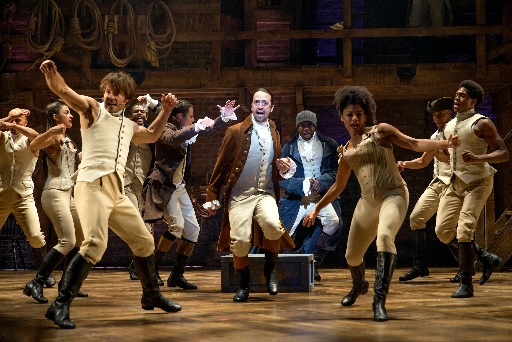 That’s perfectly consistent with American ideals. Jefferson may have changed “life, liberty, and property” to “life, liberty, and the pursuit of happiness,” but the original phrase is used often enough elsewhere to leave little doubt regarding intent.
That’s perfectly consistent with American ideals. Jefferson may have changed “life, liberty, and property” to “life, liberty, and the pursuit of happiness,” but the original phrase is used often enough elsewhere to leave little doubt regarding intent.
It’s just a funny clarification – the right to the fruits of your own labor, essentially. If I didn’t know better, I’d think it was an statement against Jim Crow laws and such, still common throughout the South at the time and codified in Oklahoma as soon as the first Legislature could find their desks.
But I do know better. It’s not.
It’s probably intended as a protection of workers’ rights, given the times and priorities of those putting the document together. A common complaint of labor unions – still relatively new on the scene – was that the folks doing all the work were being consumed by the system, while factory owners and investors were living lives of conspicuous ease, built upon their breaking backs.
Still, it’s phrased in such a way you’d never mistake it for a line from Marx, would you?
Section II-11: Officers – Personal attention to duties – Intoxication.
Every person elected or appointed to any office or employment of trust or profit under the laws of the State, or under any ordinance of any municipality thereof, shall give personal attention to the duties of the office to which he is elected or appointed. Drunkenness and the excessive use of intoxicating liquors while in office shall constitute sufficient cause for impeachment or removal therefrom.
No comment. *cough*Doerflinger*cough*
Most of the rest echo rights already guaranteed on a national level. While the process of gradually applying the Bill of Rights and subsequent protections to the states via the 14th Amendment had certainly begun, it was by no means complete. In 1906, it was perfectly appropriate for the state to guarantee those rights locally.
There are a few which deserve further attention, however.
Section II-26: Bearing arms – Carrying weapons.
The right of a citizen to keep and bear arms in defense of his home, person, or property, or in aid of the civil power, when thereunto legally summoned, shall never be prohibited; but nothing herein contained shall prevent the Legislature from regulating the carrying of weapons.
Section II-28: Corporate records, books and files.
The records, books, and files of all corporations shall be, at all times, liable and subject to the full visitorial and inquisitorial powers of the State, notwithstanding the immunities and privileges in this Bill of Rights secured to the persons, inhabitants, and citizens thereof.
I think that’s about –
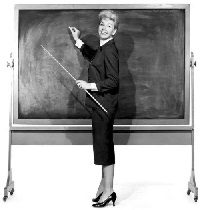
Oh. Yeah. Um… there is ONE more.
Section II-5: Public money or property – Use for sectarian purposes.
No public money or property shall ever be appropriated, applied, donated, or used, directly or indirectly, for the use, benefit, or support of any sect, church, denomination, or system of religion, or for the use, benefit, or support of any priest, preacher, minister, or other religious teacher or dignitary, or sectarian institution as such.
We’re gonna need extra time for that one.
RELATED LINK: The Oklahoma Constitution (Part One)
RELATED LINK: The Oklahoma Constitution (Part Three)
RELATED LINK: The Oklahoma Constitution (Part Four)
RELATED LINK: The Blaine Game (Updated)

 The U.S. Constitution, including all 27 Amendments, takes up less than 14 pages as a Word document with normal fonts and margins. The Oklahoma Constitution, in contrast, takes 221 pages.
The U.S. Constitution, including all 27 Amendments, takes up less than 14 pages as a Word document with normal fonts and margins. The Oklahoma Constitution, in contrast, takes 221 pages. If you know anything about Alfalfa Bill, this is either painfully ironic or ridiculously amusing. Even if you don’t, the founding of Oklahoma on ‘modern thought’ and the ‘highest estimate of intelligence and progress’ should produce some sort of reaction. Perhaps even involuntary regurgitation.
If you know anything about Alfalfa Bill, this is either painfully ironic or ridiculously amusing. Even if you don’t, the founding of Oklahoma on ‘modern thought’ and the ‘highest estimate of intelligence and progress’ should produce some sort of reaction. Perhaps even involuntary regurgitation.  In 1906, the U.S. Congress passed the “Oklahoma Enabling Act,” providing for a single state to be formed from Oklahoma and Indian Territories. Each half sent delegates – mostly Democrats – and William H. Murray was – big shocker here – elected president of this new Constitutional Convention.
In 1906, the U.S. Congress passed the “Oklahoma Enabling Act,” providing for a single state to be formed from Oklahoma and Indian Territories. Each half sent delegates – mostly Democrats – and William H. Murray was – big shocker here – elected president of this new Constitutional Convention. 
 Early in the document (Article II), the drafters enumerated thirty-three rights in the Bill of Rights Article. This was followed by the article on suffrage. The right to vote, except in school board elections, was restricted to males. (The constitution was amended giving women the right to vote in 1918, two years before the U.S. Constitution was amended giving women the right to vote.)
Early in the document (Article II), the drafters enumerated thirty-three rights in the Bill of Rights Article. This was followed by the article on suffrage. The right to vote, except in school board elections, was restricted to males. (The constitution was amended giving women the right to vote in 1918, two years before the U.S. Constitution was amended giving women the right to vote.)  That thing where so many positions are elected rather than appointed is creating headaches even today. It was an age of ‘let the people decide’, creating rules not conducive to our love of ‘voting the party ticket’ for everything from Governor to Dog Catcher to Insurance Commissioner.
That thing where so many positions are elected rather than appointed is creating headaches even today. It was an age of ‘let the people decide’, creating rules not conducive to our love of ‘voting the party ticket’ for everything from Governor to Dog Catcher to Insurance Commissioner. 
 That last part is what’s been so-often cited to explain why we simply CAN’T slow down the almost complete elimination of taxes for anyone wearing expensive suits and smoking cigars in darkened back rooms. Once the process is begun, the argument goes, any reduction of the destruction amounts to a ‘tax increase’.
That last part is what’s been so-often cited to explain why we simply CAN’T slow down the almost complete elimination of taxes for anyone wearing expensive suits and smoking cigars in darkened back rooms. Once the process is begun, the argument goes, any reduction of the destruction amounts to a ‘tax increase’. William Jennings Bryan told the members of the Oklahoma Constitutional Convention that they had borrowed the best provisions of the existing state and national constitutions and had, in the process, created the best constitution ever written. Scholars who believe that brief constitutions devoid of policy make the best constitutions would disagree with Bryan’s assessment.
William Jennings Bryan told the members of the Oklahoma Constitutional Convention that they had borrowed the best provisions of the existing state and national constitutions and had, in the process, created the best constitution ever written. Scholars who believe that brief constitutions devoid of policy make the best constitutions would disagree with Bryan’s assessment.